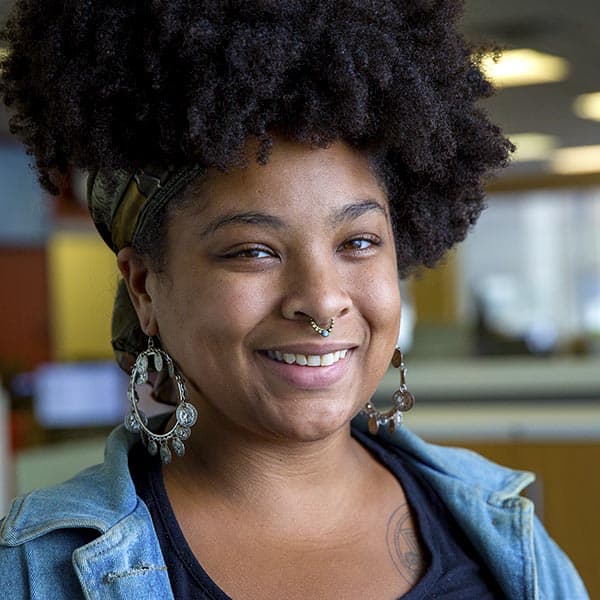Advertisement
From The Archives
The Lesbian Avengers Swallowed Fire As A Form Of Protest
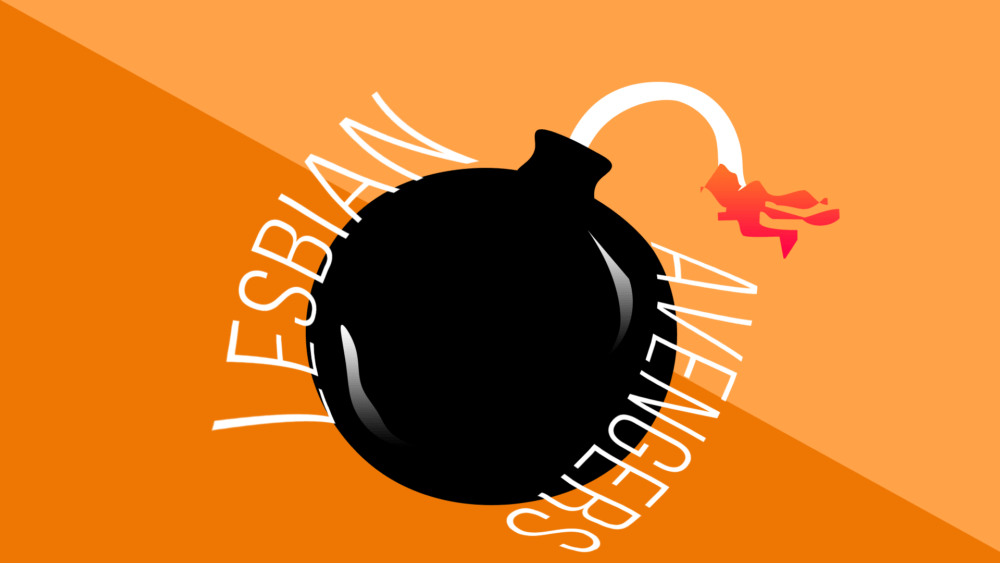
Each week this month, The ARTery will highlight a story from the archives of Greater Boston's LGBTQ history. We're partnering with The History Project, which preserves these stories.
Marvel's Avengers are primarily occupied with defeating Thanos. But the Lesbian Avengers of the '90s were more interested in defeating lesbian invisibility.
In 1992, a group of six women met in New York City to discuss how lesbian issues were missing from AIDS activism and the LGBTQ+ movement overall. They took on the name Lesbian Avengers. Seventy people joined them for their first group meeting at the Lesbian and Gay Community Center in New York. From there, Lesbian Avenger chapters quickly popped up across the country, including Boston where a chapter opened in July of 1993.
The Lesbian Avengers drew inspiration from lesbian rights groups before them, including Radicalesbians, a group from the 1970s who wrote the 10-page lesbian manifesto, "The Woman-Identified Woman." They used bomb symbols in recruitment imagery, as you could see in the poster below, stating that "A lesbian is the rage of all women condensed to the point of explosion."
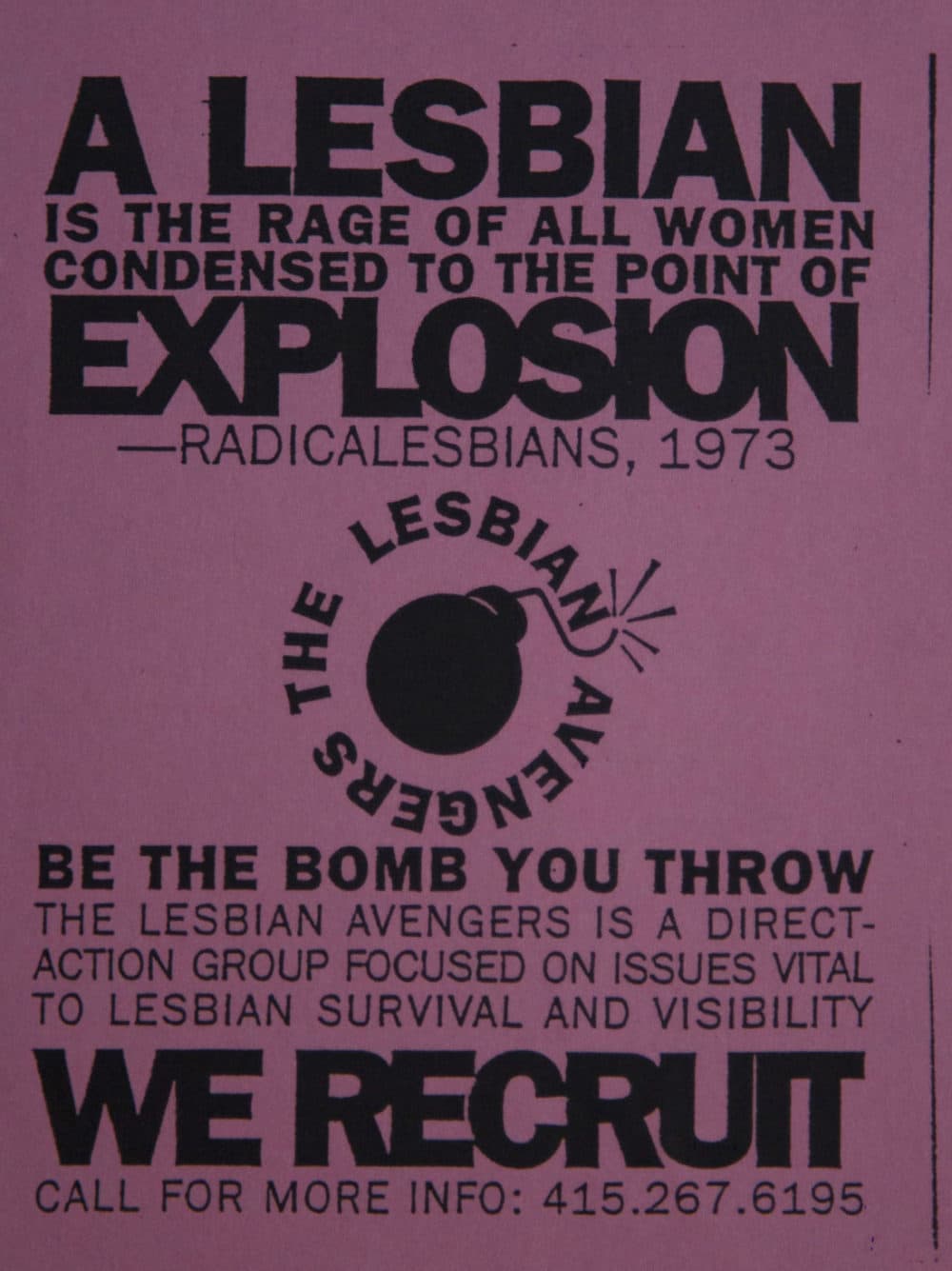
The Lesbian Avengers prioritized direct action and grassroots organizing, using bold tactics to capture the attention of both spectators and the media. They were known for their fire-eating ritual, which began after the 1992 murders of Hattie Mae Cohen, an African-American lesbian, and Brian Mock, a white gay man with a disability. They died in Salem, Oregon, when skinheads firebombed their house. Fire-eating served a few purposes — namely it drew attention to the group and their efforts while making an overt statement about LGBTQ+ visibility. They marched on Washington D.C. in the first annual Dyke March on April 24, 1993 and 20,000 people joined in solidarity.
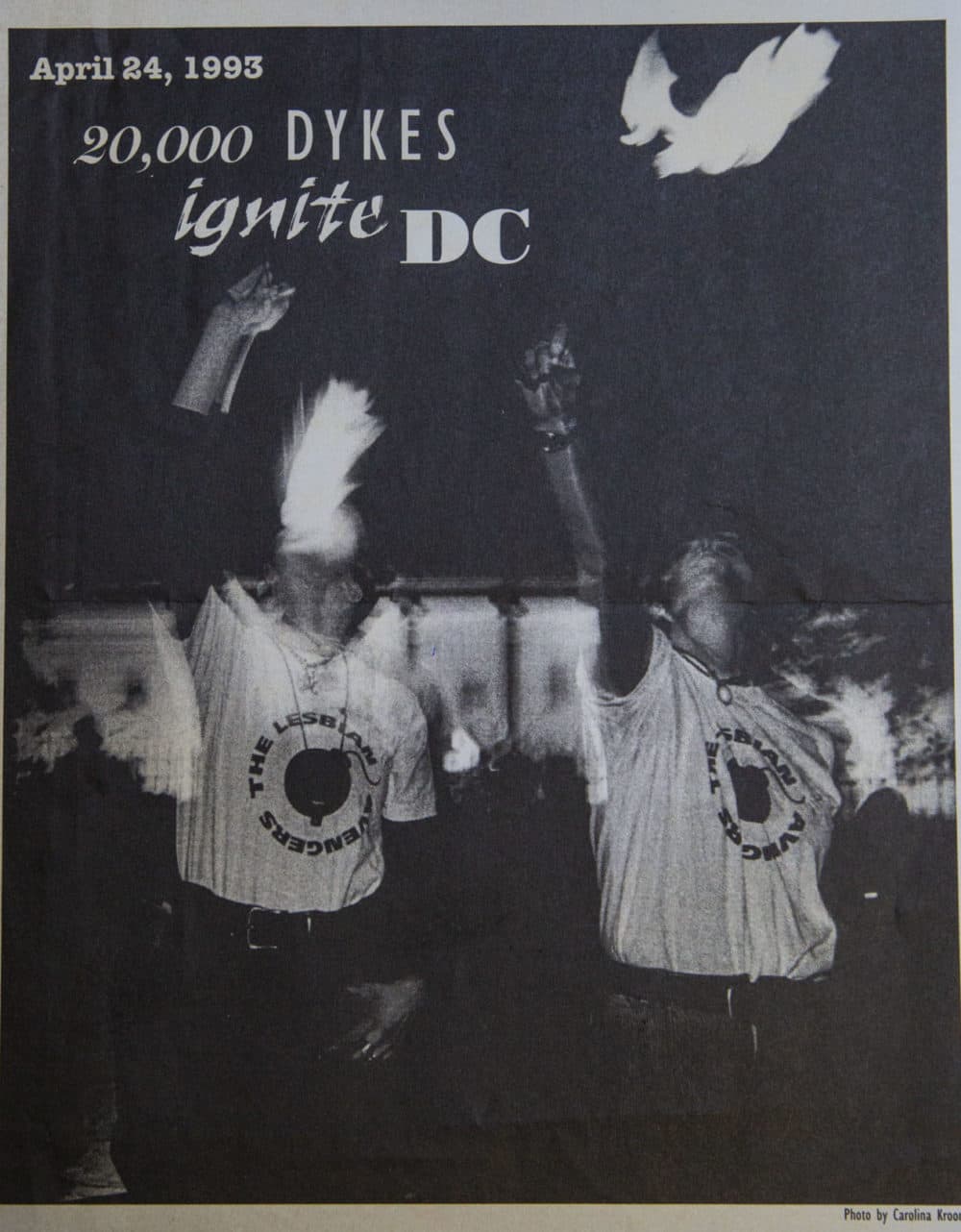
After the march on Washington, D.C., the Boston chapter began to mobilize in earnest. They executed “Dyke Declaration of Independence” on July 4, 1994. Members boarded the MBTA and recited the declaration as a form of protest, citing various grievances against the queer community, including homophobic violence, censorship and restrictive legislation from the government. The Boston chapter mobilized again the following year at an abortion rights rally on Jan. 22, 1995 in Downtown Boston where they once again swallowed fire. The day ended with fire-eating on the Esplanade, where the group handed out copies of the declaration to a growing crowd. In a 1995 interview with Boston paper The TAB, member Ana Lara pointed out that they utilized these methods to emphasize that “it is vital to lesbian visibility and survival that people ask about lesbian lives.”
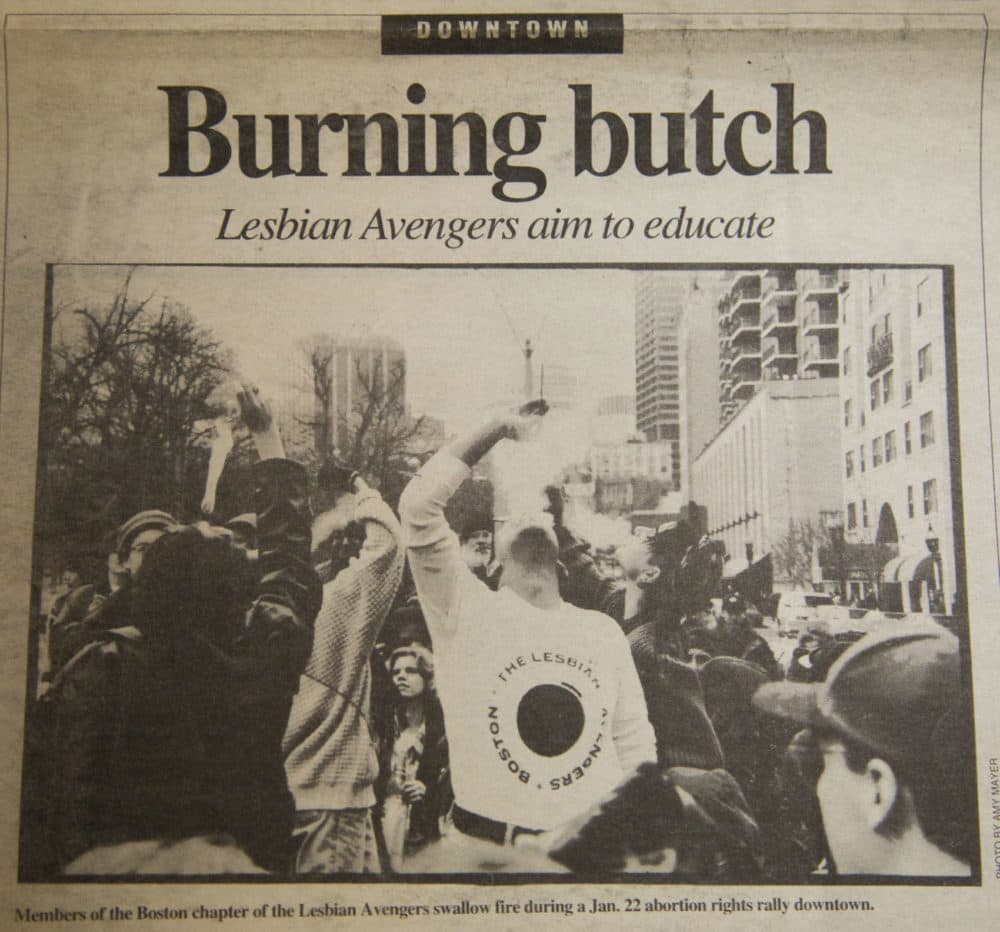
In 1996, the Boston chapter pushed a bed along the route of Boston Pride. During the march, Lesbian Avengers climbed on the bed and engaged in a number of sensual acts, including kissing and fondling. The point was to make a statement about dominant hetero-normative rhetoric surrounding sex and sexuality.

The act caused a scandal, now known as "bedgate." Sabrina Taylor, one of the Pride march organizers and supporters, decried and dismissed the Lesbian Avengers’ methods. Taylor stated in an interview with The Boston Globe that the Lesbian Avengers hadn't registered to march and "did not represent the spirit of the event." Mayor Thomas Menino, who was the grand marshal of the parade, also denounced the acts. In response, the Dyke March commission, led by Lesbian Avenger members, released a statement and asserted, "There is a long history of mainstreaming, marginalization and exclusion in Boston Pride Events. Has Pride Inc. forgotten the roots of gay liberation — Stonewall, protests, marches and grassroots organizing?"
The Lesbian Avengers eventually disbanded, both locally and nationally. Despite the dissolution of the Lesbian Avengers, Dyke March continued on as an annual protest that precedes Pride weekend in June.

